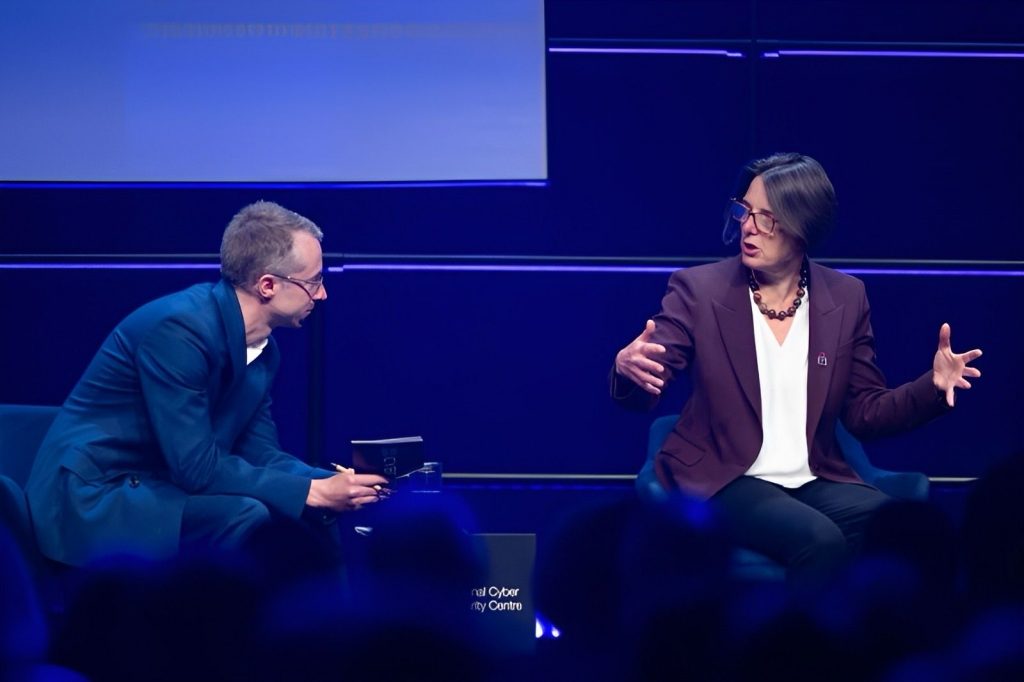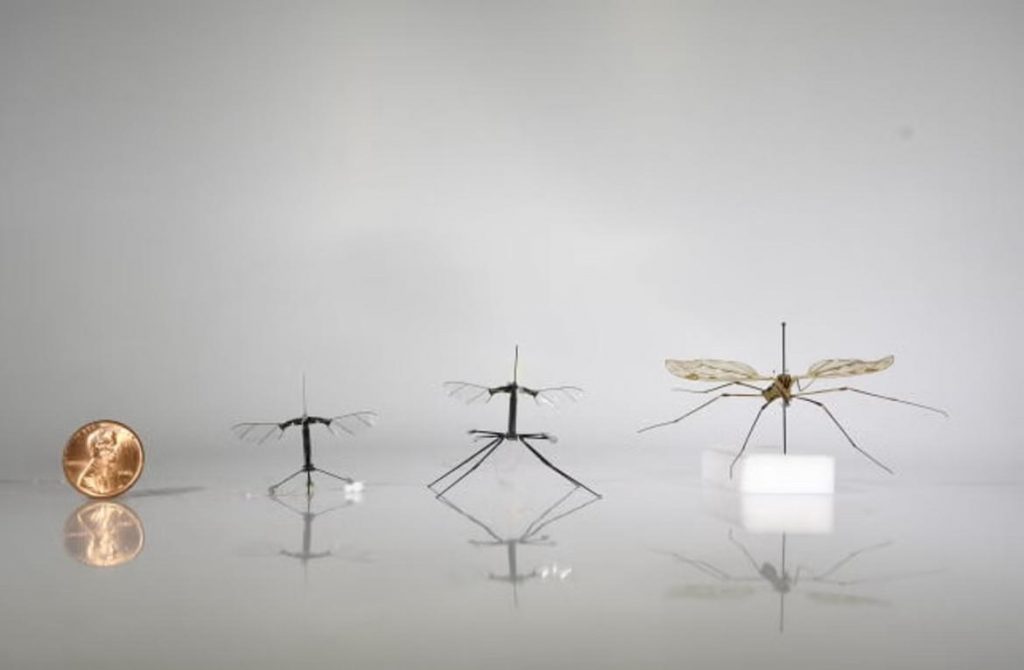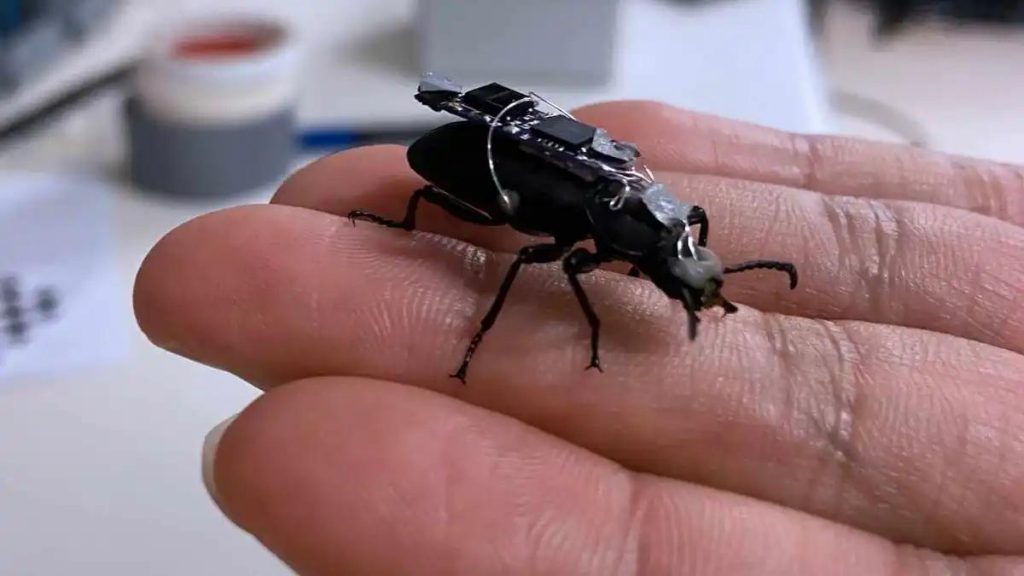Bridge To Global Security & Safety or Already A Pillar Of Worldwide Stability & Freedom?
Publication Date 1st September 2025 Time: 08:42am GMT

(Anne Keast Butler at Cyber UK 2025 in Manchester Image Credit: Cyber UK)
Anne Lipscomb Editor in Chief’s Pick of The Month
Very small text(Disclaimer, Warning: some imagery may be perceived as highly threatening, intimidating and provocative)
Anne Keast-Butler: Guardian of Invisible Frontiers
Anne Keast-Butler, as the first woman appointed to direct GCHQ, stands as one of the most consequential figures of our time—not merely for women all around the world or the history of British intelligence, but for the trajectory of human civilisation in an age where the battlefields of the future could quite easily be hidden in fibre-optic cables and neural networks as much as in trenches or seas. Her role is one of vigilance in an era when threats multiply faster than treaties, and when danger is measured not only by missiles and tanks but by code, biology, and cognition itself.Yet nether the less. Every day begins the same way in offices most of us will never see at her headquarters at GCHQ in Cheltenham: screens, VR and AR headsets flicker to life, streams of encrypted data flow across continents, and silent watchers begin their work. While the world rushes through its routines, an interconnected web of choreography unfolds — one designed to keep threats at bay, to hold chaos just far enough away so that ordinary life can continue unint
At the heart of this choreography sits leaders like Anne Keast-Butler, who tied in with her Mi6 counterpart Richard Moore (both pictured above on the move) and her fellow Five Eye partners around the world represent not just national vigilance but global. All of these distinguished leaders have commenced the previously unforeseen fashion of publicly voicing their concerns, a behavioural trait not so historically graced upon by top intelligence personnel and it may come to be no surprise, the fact of first female GCHQ commander aside, that it was Anne Keast-Butler who, above all, warned with deliberate precision that China represents the most significant and growing cyber risk in the world today. The statement was not rhetorical flourish—it was the distilled wisdom of a career lived at the edge of shadow wars, in an age where geopolitics and cybernetics fuse into one.
A World Where Symbols Are As Potent As Ever
Yet in a world where environmental catastrophe is rightly understood as our planet’s greatest existential challenge, the significance of cyber and hybrid threats is easy to underestimate. Even in midst of the above views and even when observing sights like so time and time again.

Even in midst of the above views and even when observing sights like so time and time again. Marching in lockstep across Beijing, like every year, on the anniversary of China’s liberation from Japanese colonialism. Three hundred plus female Chinese soldiers demonstrate a coordinated accuracy that could, at first glance, seem ceremonial—mere pageantry. But one must remember these images come from the nation that birthed Sun Tzu, the ancient strategist whose Art of War remains the canonical guide to statecraft, deception, and the prospect of achieving subtle victories won without battle. To dismiss such demonstrations as hollow spectacle is to underestimate the transcendence of conveyed will and determination, encoded as much in the movement of feet as in the penetration of networks.
Yet were the multitude of highlighted threats to merely stop at what FBI Director Christopher Wray already described in 2020 as both “There is no country that presents a broader, more comprehensive threat to America’s ideas, innovation, and economic security than China.” & in regard to China’s positioning “a whole-of-state effort to become the world’s only superpower by any means necessary.”
It could well have become harder to perceive Keast-Butler’s assumption yet we really are discussing a country that itself has openly stated it wields highly determined ambitions to match American military might in both strength and influence by 2049 alone, a country that is actually acting in accordance to what it says and to top it all off is already constructing a military command city off Beijing that is rumoured to be 10 times the size of the pentagon complex once constructed under the command General General Leslie Groves and great impetus of General Brehon Somervell during the years from 1941 to 1943.
From Carriers to Drones—The Rapid March to Unsurpassed Power
The question then remains: what does this determination look like in the 21st century? The sight of futuristic “aircraft carriers” formed not from consolidated steel but from coordinated drones, expertly placed like atoms with their bodies illuminated into it’s aggregated whole—meticulously projecting insignia such as “SZ” and beyond offers a clue. Especially when we recall that from the days of the Wright brothers’ fragile Flyer in 1903, the first long-range bomber wasn’t simply realised but actually used within the space of an 8 year timespan, with German made Italian Military Etrich Taube unloading new age technological means by hand over the plains of Libya in the Italo-Turk war, instigated under the pretext that it was once part of Rome. Prior to being both colonised and islamicized in the Arab conquests and then later colonised again by the so called Muslim “Kayser-i Rûm” himself (Caesar of Rome”. The hereditary title adopted by the Ottoman Sultans after Mehmed II conquered Constantinople in 1453).
Restored archive footage of an Etrich Taube (production 1909-1914)
Nether the less the pace of innovational transformation today however, far exceeds that of once upon a time, with technological improvement rates and importantly physical diffusion and adoption rates generally at the 5x-10x mark. Technological change, quite simply has never moved so fast. Electricity took 50 years to reach 80% of U.S. households, automobiles 60 years, television 30 years, the internet 15 years, smartphones 10 years, and generative AI like ChatGPT just 2 years to achieve global mass usage. At the very apex of this worldwide acceleration, with no surprise stands China, where adoption and implementation unfold at unprecedented velocity. Clearly demonstrated in the fact, although launching its first manned space mission 43 years after Sputnik (a grand total of ~1.36 × 10¹⁸ nanoseconds after), it now aims to beat SpaceX to Mars if it, itself doesn’t launch a manned mission prior to 2033. The electric car manufacturer ZEEKR is another prime case study and example of a Chinese font concerning the sheer speediness of technology diffusion—since its founding in 2021, it has rocketed from zero to over 222,000 vehicles delivered in 2024, compressing into just three years what took Tesla more than eleven to accomplish.

This makes ZEEKR not merely fast-growing but one of the most astronomically accelerated industrial implementations in mechanical history. The same acceleration appears in China’s military, with phenomenal innovations such as the “mosquito” drone capable of executing surveillance, swarms, and strikes, raising urgent questions about rapidly evolving technological power. By God knows what means, is it only a matter of time until Taiwan has a looming mosquito problem or will Taiwan be reunified with China via the peaceful means president Xi Jingping vowed to fulfil in his October 2021 address, and not by reserving the right to use “all necessary measures” at the communist party’s discretion as his government’s policy has been for decades. Only time will tell.

(Image Credit: Harvard Microrobotics Lab
Yet we would be fortunate were this all our beloved leaders within the 5 eyes community had to contend with on an ongoing basis. As this is but the tip of what is, quite frankly, a gargantuan perhaps even, dare I say, humanly inphavomable iceberg.
Beneath the Iceberg: Biotech and the Cyborg Frontier
While the public gaze rightly fixes on melting glaciers and climate catastrophe, beneath the bulging canopy of diplomacy, science, and technological progress lies a darker undercurrent of research that could redefine conflict itself. So frightening, lethal, disruptive and potentially undetectable let least uncontrollable or unrestricted. It makes one reflect of bygone times when the British first implemented international efforts (spanning over a decade) to abolish the production of submarines. First in 1921 at the Washington Naval Conference when Lord Lee, then First Lord of the Admiralty, said:
“The view of the British Government and the British Empire Delegation is that what is required is not merely the restriction of submarines but their total and final abolition.”
again in the subsequent year by former Prime Minister Lord Balfour when he himself was First Lord of the Admiralty, saying:
“Surely if the Powers represented in this room set themselves resolutely to the task the submarine could be banned. I believe the conscience of mankind would help us. I believe that the public opinion of the world would be on our side and the result of our labours would be approved.[…] ..and if the possibility of war must be admitted we shall have done something to make it more humane.”
Finally, Lord Bridgeman, speaking for the Labour Party at the London Naval Conference in 1930, said:
“I count it both an honour and a heavy responsibility to be entrusted with the task of introducing the proposal of my colleagues that the use of submarines for the purposes of war should be totally abolished”
WHY such reflective clarity and acknowledgment of past opinion YOU ASK? Well the technological innovations that are arising in this mind bogglingly phenomenal scientific undercurrent are so impressive, so awesome and so very profoundly encompassing it is only right to do so.
Take the German Company SWARM Biotactics, it is pioneering cyborg cockroach swarms—living insects fitted with backpacks of microelectronics, sensors, and communication devices. Stimulated through their nervous systems, these creatures can be controlled remotely, coordinated into swarms, and deployed for missions once thought impossible. In collapsed buildings, in environments too hazardous for humans or machines, even in in GPS-denied war zones. These hybrid organisms can gather intelligence, transmit encrypted data, and infiltrate unseen—as their advantages over traditional robotics are clear: size, resilience, agility, the ability to vanish into the very fabric of a city and where steel drones may be detected, cockroach swarms can slip undisturbed beneath the radar.
Now we’re you fortunate enough to strike up a rather stimulating conversation in your local bar, pub or cafe, with a theoretical physicist or biophysicist, one would be forgiven for thinking he’d tell you “what can be done to one insect can be done to another” and in fact you’d be right.
Are we bound to see memorial monuments to insects guided by cybernetic code like we have for the animals that once shifted payload and beyond thanks to a well placed whip, firm capable grasp and the material will of man? Certainly a question for a philosopher yet nether the less a subject matter that goes for beyond this article alone

(Remote controlled cyborg beetle, image credit: Education QLD)

(The London Animals In War Memorial Image Credit: Animals In War)
Now to regain focus on the truly profound, even if it’s somewhat old news, far beyond the previously mentioned space of an 8 year timespan. In fact over a decade ago now and around 3.16 × 10¹⁷ nanoseconds ago was when Israeli scientists achieved what seemed then like science fiction: human brainwaves, pure thought—otherwise known as EEG signals, controlling nanoscale DNA robots inside another living organism via the means of what was a decade ago, very sophisticated computer apparatus. An extraordinary fusion of neuroscience, robotics, and molecular medicine (as the nano-bots were carrying a medical payload)—a symphony of the absurd and astonishing. But for Keast-Butler’s predecessors and peers, it was not simply a curios moment in the midst of a good cup of tea and cracking news article; it was a warning. If DNA robots can respond to thought, what prevents a rogue state or a sponsored lab from weaponising such systems at scale.
Spymasters Against the Unknown
Were it not for masterful spymasters like Anne Keast-Butler and her counterparts across the Five Eyes alliance, such research might advance unchecked into arsenals of hostile powers. It may only be a matter of time until rogue scientists, state-backed actors in Iran, or clandestine laboratories elsewhere refine these technologies into operational weapons.
Other than certain completely unforeseen occurrences like the tragic 7/7 bombings which, regardless of realistic computer simulated training scenarios of such potential attacks, left all of our security forces non the less susceptible to let it happen. To our great fortune from the days Putin called Bush and Blair’s physical presence was felt across the Atlantic but moments prior to authoring nothing less than permission for the first British Army issue boot to touchdown in Afghanistan for over 82 years. On the large part we been greatly fortunate to have gotten on with these last recent decades mostly unscathed and thanks to Keast-Butler’s forebears, role models and standard setters, global hatred and extremist networks were and have been suppressed to a degree that many thought impossible. Yet we now live in a new era—where mosquito drones, cyborg cockroach swarms, or even DNA nanorobots are no longer “big news.” They are, disturbingly, expected. The human body itself may become the battlefield, its cells navigated by hostile code, its nerves infiltrated by bio-digital hybrids.
Gratitude and Vigilance
In this context, it is not enough to tip our hats in gratitude to those who face what the public cannot imagine. The work of Anne Keast-Butler and her peers is not simply defensive—it is anticipatory, probing the edge of what science makes possible, ensuring that catastrophe is intercepted before it crystallises.
And yet, as we stand on the eve of China’s military parades—celebrations of victory against unrestrained Japanese domination conspicuously silent on the nuclear assistance from America that helped bring about peace—one is reminded of the fragility of historical memory. Gratitude evaporates; power endures. In such moments, Keast-Butler’s role becomes not only operational but symbolic: the guardian of a fragile order in which recognition is fleeting but vigilance eternal. May her endeavours and those who she stands with amongst The Five Eyes community all around the world. Accomplish what both Lord Mottistone and the late Lord Chancellor at the time Thomas Walker Hobart Inskip, 1st Viscount Caldecote predicted in 1939 stating “that modern science may well prevent war.” The late Lord Mottistone going one step further expressing his certainty by saying “I am sure that the Lord Chancellor is right”.
The Contemporary Significance of Keast-Butler
Anne Keast-Butler’s contemporary significance lies not simply in her position as the head of GCHQ, nor in her status as a pioneer breaking gender barriers in one of Britain’s most secretive institutions. It lies in her embodiment of a principle: that in an age of invisible wars—cyber, biological, informational—the greatest weapon is foresight.
She occupies the liminal space between science and security, between possibility and peril. Her task is not glamorous; it is profoundly human. It is to discern in the glimmer of a drone swarm, in the twitch of a cockroach’s leg, in the transmission of a single data point, the outlines of the wars to come.
Lorem ipsum dolor sit amet, consectetur adipiscing elit. Ut elit tellus, luctus nec ullamcorper mattis, pulvinar dapibus leo.
